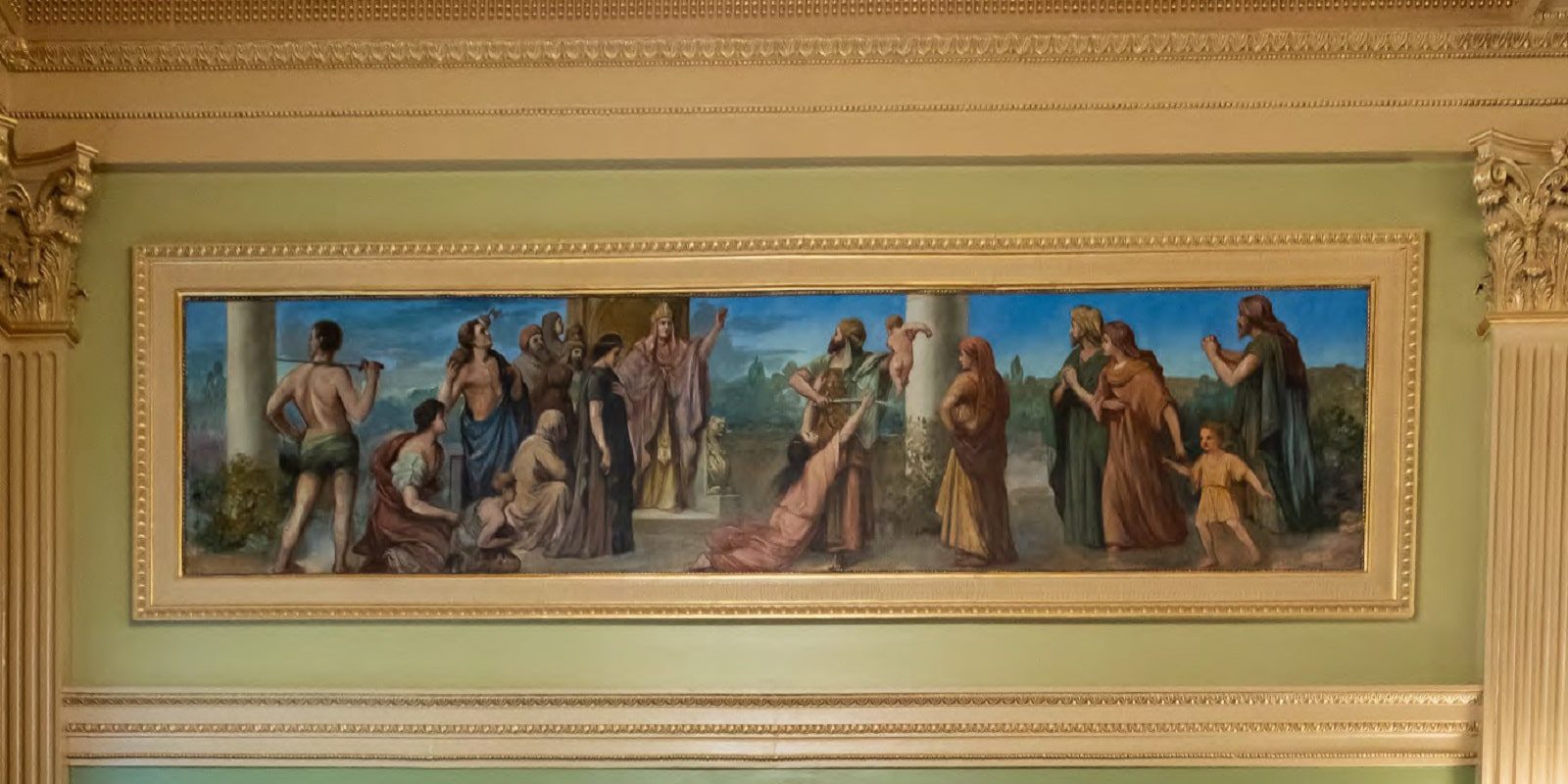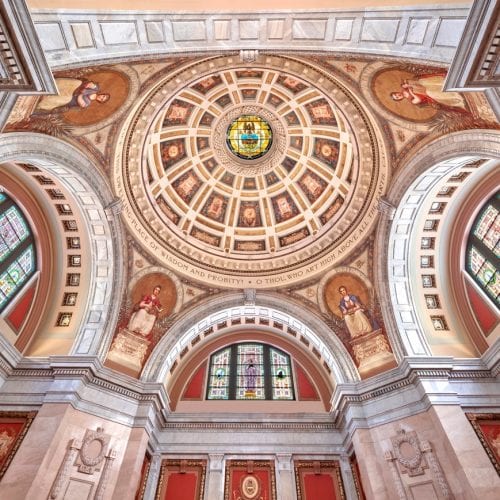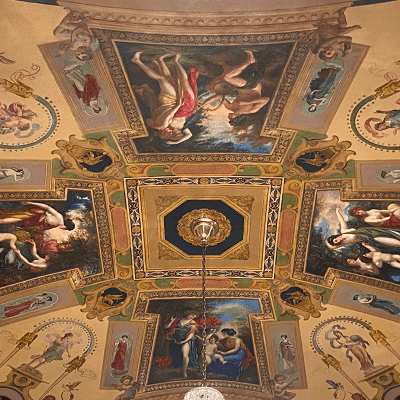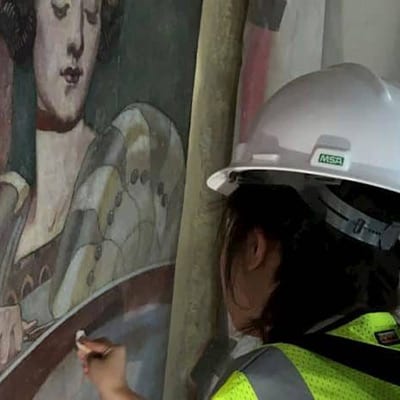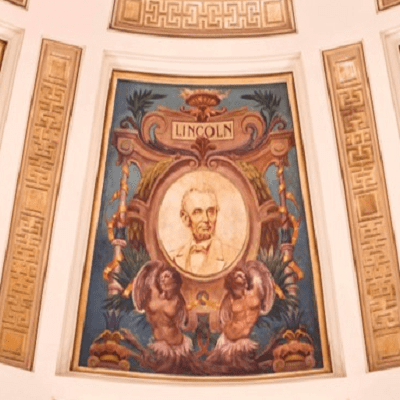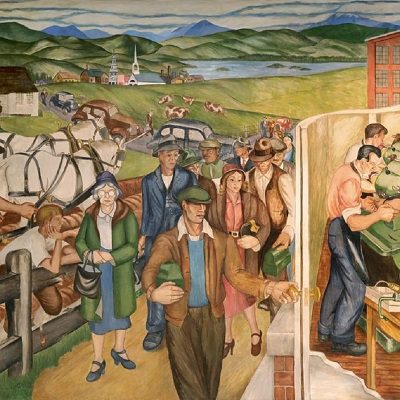Historic fine artworks are valuable treasures that have been created by artists over the centuries. However, over time these works of art can become dirty, damaged, or discolored due to exposure to environmental pollutants, natural aging, and mishandling. Therefore, cleaning and restoring historic fine artwork is an essential task to preserve its original beauty and value. The process for cleaning fine art is very similar to that of cleaning historic murals, just on a slightly smaller scale and with extra care taken to be gentle, as fine art can often be more brittle than murals.
Step 1: Research
Similar to mural cleaning, the first step in the process to clean historic fine artwork is to research the history of the art. This helps to provide valuable insights into the original artist and their intent, the materials used, the method, and the historical appearance of the piece. Knowing this information will aide in making informed decisions while cleaning the artwork.
Step 2: Examination and Evaluation
The second step in cleaning a historic fine artwork is to examine and evaluate its condition. A thorough examination can help identify the type and extent of the damage, the original materials used, and any previous restoration work. This examination can be carried out by a professional art conservator or a qualified restoration specialist.
Step 3: Testing
Before cleaning the artwork, it is important to test the cleaning materials and techniques to ensure that they do not cause further damage to the artwork. A small and inconspicuous area of the artwork is selected for testing the cleaning materials and techniques. These tests will determine the presence of an incompatible finish as well, and can help to find the best method to remove it. Different finishes will react differently to solvents, and therefore these tests are crucial to ensuring the original paint layers are not damaged during the cleaning process.
Step 4: Surface Cleaning
The next step is to remove the surface dirt and dust from the artwork. A soft-bristled brush, vacuum cleaner with a micro-suction tool, or another gentle tool is used for removing surface dirt and dust. Care must be taken not to apply too much pressure or use abrasive materials that can scratch or damage the artwork. Surface cleaning is necessary to make the following step of solvent cleaning an easier process.
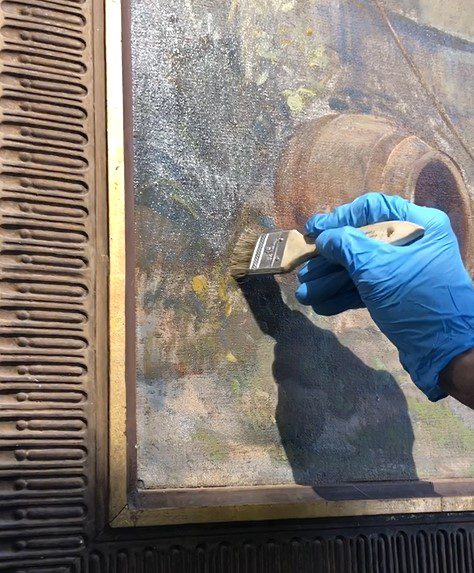
Brush cleaning at the Fulton County Courthouse.
Step 5: Solvent Cleaning
After surface cleaning, a solvent is used to remove any stubborn stains, varnish, or paint layers. The type of solvent used depends on the type of material and stain. For example, alcohol, acetone, or mineral spirits can be used for cleaning oil paintings, while water-based solvents are used for cleaning watercolor paintings. Whatever solvent is carefully chosen for the job must be gentle enough to not harm the underlying paint layers. Chemical cleaning agents are typically customized specifically for the object being cleaned, and therefore commercial cleaning agents should not be considered for fine artwork cleaning.
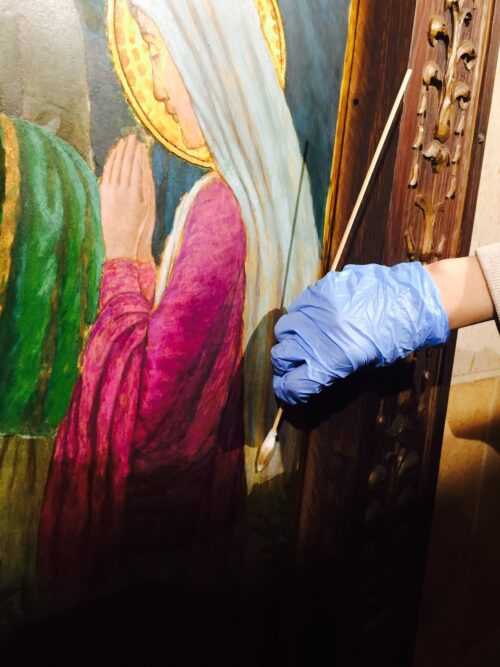
Solvent cleaning in progress at the Basilica of the Immaculate Conception
Step 6: Protection
The final and most crucial step in the cleaning process that ensures the artwork’s longevity is to protect the cleaned piece with a protective coating or varnish. This varnish layer will shield the painting from UV light, humidity, and other environmental factors that could cause deterioration and return the painting to its pre-cleaning state. All varnishes and coatings applied to historic artwork by conservators must be reversible in nature so that future conservators can remove the varnish to clean and refinish the painting again if needed. This includes any paint used to inpaint and repair areas of loss or damage. Any changes made to the artwork must be fully reversible, regardless of the coating type. Qualified conservators should be professional associates of the American Institute for the Conservation of Historic and Artistic Works (AIC). This organization is guided by the principle to “do no harm” and they advance that principle by providing treatments that are reversible. It is also essential to establish a proper storage and display environment with appropriate temperature and humidity controls and minimal exposure to direct sunlight. These conditions will help the artwork remain clean and vibrant, and ultimately slow the discoloration or damage of the paint and varnish layers.
The process of cleaning historic fine artwork is a delicate and meticulous endeavor that requires expertise, patience, and adherence to the above steps. From conducting thorough research of the artwork’s history and materials to employing careful surface cleaning techniques using specialized conservation-grade materials, each step is crucial in preserving the beauty and integrity of these invaluable pieces of history. By entrusting the task to qualified conservation professionals who understand the unique challenges of cleaning historic fine artwork, you can ensure the longevity and continued enjoyment of these cultural treasures for generations to come. If you are looking for assistance with a fine art conservation project, please request a consultation to connect with one of our preservation professionals. Our team has over 45 years of experience with the conservation of historic artwork and architecture, and would be happy to employ their expertise in the field for your preservation project.

